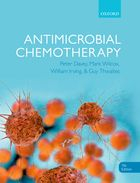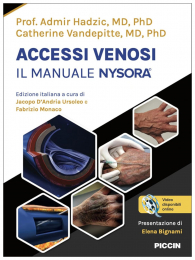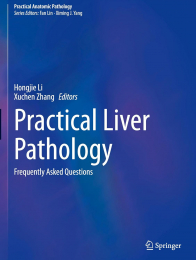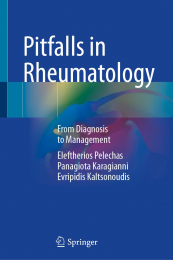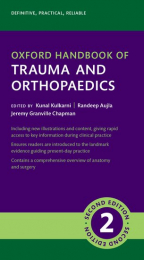Non ci sono recensioni
Description
- An essential guide to the principles of antimicrobial chemotherapy, providing an aid to informed, rational prescribing
- Covers the basic properties of antibacterial, antifungal, antiparasitic and antiviral (including antiretroviral) drugs
- Covers issues specific to both the developed and developing world
New to this edition
- A complete revision and update of a highly acclaimed textbook of antimicrobial chemotherapy
- Includes new agents and therapeutic insights including HIV/AIDs and the treatment of malaria
Antimicrobial agents are essential for the treatment of life-threatening infections and for managing the burden of minor infections in the community. In addition, they play a key role in organ and bone marrow transplantation, cancer chemotherapy, artificial joint and heart valve surgery. Unlike other classes of medicines, they are vulnerable to resistance from mutations in target microorganisms, and their adverse effects may extend to other patients (increased risk of cross-infection). As a consequence, there is a constant requirement for new agents, as well as practices that ensure the continued effective prescribing of licensed agents.
The fully revised and updated seventh edition of Antimicrobial Chemotherapy is an essential guide to the principles of antimicrobial chemotherapy, the problem of resistance and its control through policies, antimicrobial stewardship and surveillance. The book provides an aid to informed, rational prescribing for common bacterial, fungal, parasitic and viral infections.
Divided in five parts, the book cover issues specific to both the developed and developing world. Part 1 'General property of antimicrobial agents' discusses mechanisms of action and resistance to antibacterial, antifungal antiprotozoal, antiviral, and antiviral agents. Part 2 'Resistance to antimicrobial agents' provides guidance about the problem of resistance, mechanisms of acquired resistance and genetics of resistance. Part 3 'General principles of usage of antimicrobial agents' analyses the use of the laboratory, general principles of the treatment of infection, dosing in special groups (extremes of age, pregnancy, obesity), safe prescribing, prophylaxis and the role of policies in antimicrobial stewardship. Part 4 'Therapeutic use of antimicrobial agents' provides advice about the treatment of common infections which are described by anatomical. There are also chapters on the management of mycobacterial disease, viral infections, HIV/AIDS and parasitic infections. The final part of the book analyses the development and marketing of antimicrobial drugs.
This seventh edition of Antimicrobial Chemotherapy continues to be a valuable resource for undergraduates and graduates requiring a thorough grounding in the scientific basis and clinical application of these drugs.
Table of Contents
Part 1: General properties of antimicrobial agents
1: Mechanisms of action and resistance to modern antibacterial with a history of their development
2: Inhibitors of bacterial cell wall synthesis
3: Inhibitors of bacterial protein synthesis
4: Synthetic antibacterial agents and miscellaneous antibiotics
5: Antiviral agents
6: Antiretroviral agents
7: Drugs used in the treatment of viral hepatitis
8: Antifungal agents
9: Antiprotozoal and anthelminthic agents
Part 2: Resistance to antimicrobial agents
10: The problem of resistance
11: The genetics and mechanisms of acquired resistance
Part 3: General principles of usage of antimicrobial agents
12: Laboratory investigations and the treatment of infection
13: General principles of the treatment of infection
14: Pharmacokinetic and pharmacodynamics principles
15: Prescribing in special groups: effects of age, pregnancy, body weight, hepatic and renal impairment
16: Outpatient parenteral antimicrobial therapy
17: Adverse drug reactions and patient safety
18: Chemoprophylaxis and immunisation
19: Guidelines, formularies, and antimicrobial policies
20: Antimicrobial stewardship, surveillance of antimicrobial consumption and its consequences
Part 4: Therapeutic use of antimicrobial agents
21: Respiratory tract infections
22: Topical use of antimicrobial agents
23: Urinary tract infections
24: Sexually transmitted infections
25: Gastrointestinal infections
26: Serious bacterial bloodstream infections
27: Bone and joint infections
28: Infections of the central nervous system
29: Skin and soft tissue infections
30: Tuberculosis and other mycobacterial diseases
31: Infections in immunocompromised patients including HIV/AIDs
32: Viral infections
33: Management of HIV infection
34: Treatment of chronic viral hepatitis
35: Parasitic disease
36: The development and marketing of antimicrobial drugs
Appendix 1: Further Reading

